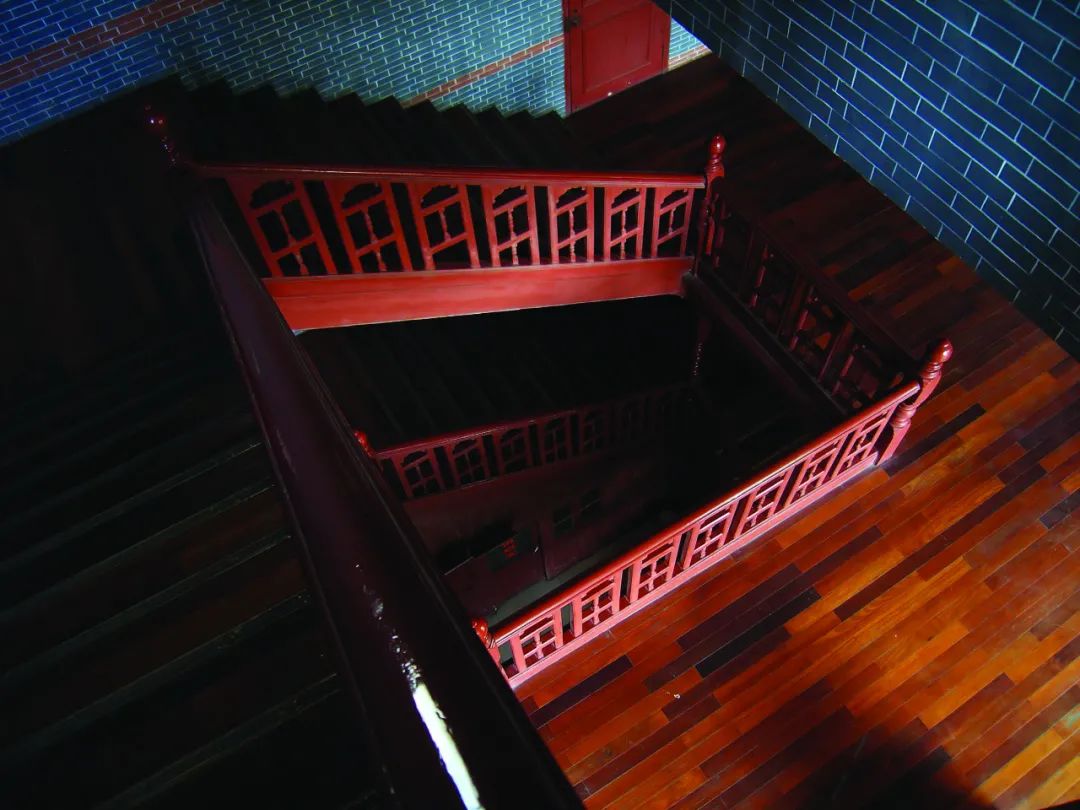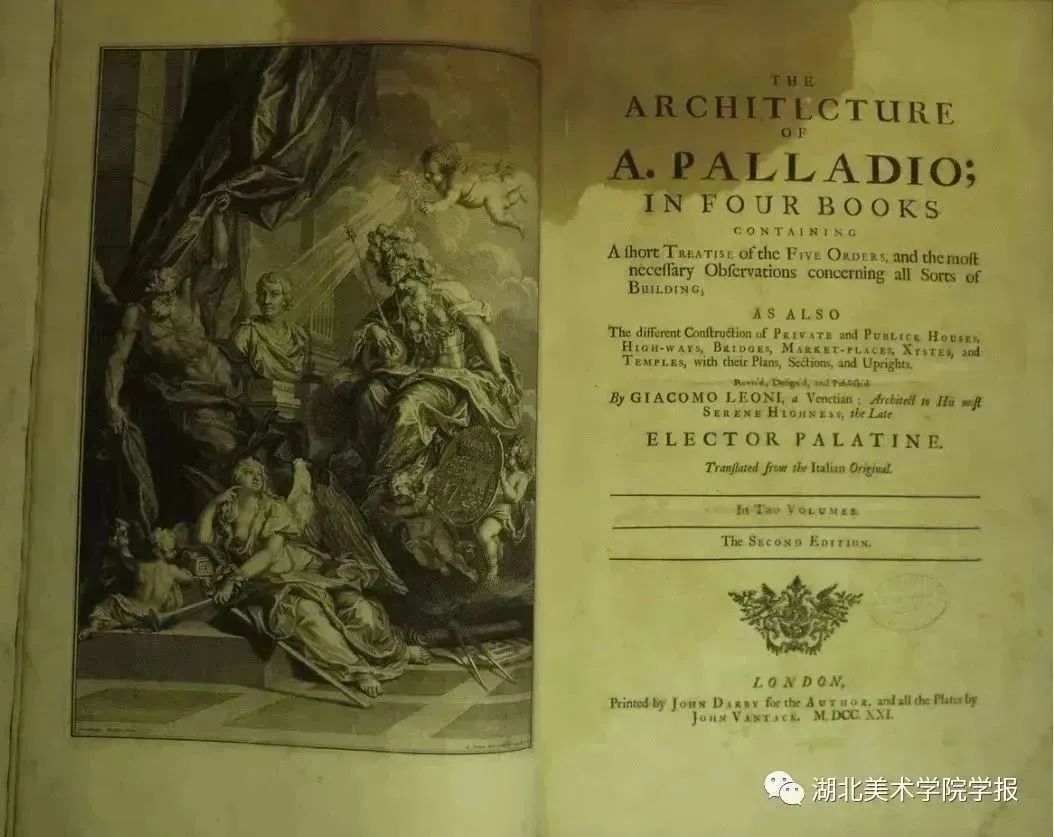St
. 
John’s University (now East China University of political science and law), an institution of higher learning that made its debut in Shanghai at the end of the 19th century, gave birth to countless intellectual giants
. 
Undoubtedly, it has made a great contribution to the history of Shanghai
. 
Today, let’s walk into the historic buildings of St
. 
John’s University and read the story of TA in front of the brick wall of the centenary
.
The historic buildings of St
.
John’s University are located at No
.
1575, Wanhangdu Road, Changning District
.
St
.
John’s college was founded in 1879, renamed St
.
John’s school in 1896 and St
.
John’s University in 1906
.
In 1906, St
.
John’s University was registered in the United States
.
In 1911, the University bought a piece of land north of fanhuangdu Road (today’s Wanhangdu Road), which originally belonged to Zhaofeng Park (today’s Zhongshan Park)
.
It was this land purchase plan that made the current East China University of Political Science and Law (East China University of political science and law was established on the site of St
.
John’s University) the only one in Shanghai founded by Suzhou The school where the river passes
.
The campus complex of St
.
John’s University, which is simple and elegant, is built in 60 years before 1939
.
The most famous buildings are Huaishi hall, Siyan hall, Simeng hall, science museum and Ximen hall
.
Originally known as gezhilou, the science museum was originally the living room of the founder, and later became the classroom of the medical department
.
At the same time, it also had the function of a physical chemistry laboratory
.
The construction of a science museum in a university was the first in Shanghai at that time
.
In addition, St
.
Mary’s college, founded in 1885, is one of the earliest women’s schools in Shanghai
.
It can be regarded as a branch of St
.
John’s University
.
Today, Ximen hall, located in the school, is a place for female students to study at that time
.
St
.
John’s historical buildings (now East China University of political science and law) were announced as excellent historical buildings in Shanghai on February 15, 1994, registered immovable cultural relics in Changning District on December 22, 2003, municipal cultural relics protection units in Shanghai on April 4, 2014, and the eighth batch of national key cultural relics protection units on October 7, 2019
.
Building repair and maintenance: in 2017, East China University of political science and law started a 10 month renovation project for Gezhi building, which is the first one in St
.
John’s University’s historic buildings to be completely restored in accordance with the principle of “not changing the original state of cultural relics” in the cultural relics protection law
.
Traditional technology to repair the fair faced wall, so that the wall can “breathe” in the history of Gezhi building, the traditional fair faced brick wall is covered by red and gray paint
.
This is a kind of maintenance and treatment method of “drawing” on the exterior wall, that is, after painting and coating on the surface of the old wall, the paint is used to draw the seam to make the brick seam effect
.
Due to the poor permeability of the paint itself, it hinders the “breathing” of the original brick body
.
Under the long-term natural erosion, it is easy to cause the surface flour to be brushed, the paint to fall off, the local repair marks are obvious, and the exterior facade sensory distortion
.
In view of this, after the restoration sample was approved by the experts of the Bureau of cultural relics, it was repaired through a series of traditional processes, such as paint stripping, cleaning, polishing, repairing, sewing, pointing, strengthening, hydrophobic and so on
.
In order to restore the wooden windows, add screen windows, and take into account the original appearance and heat preservation and energy saving, in the historical repair of Gezhi building, considering the use function, the original wooden doors and windows of Gezhi building were replaced by aluminum alloy windows, and the original arc window head was also changed to flat window head
.
In this renovation, the arc solid wood windows and antique modeling hardware were restored, and the old process was carried out
.
In the process of installation, the original wall is slotted, the window frame is connected with the wood pad after the wood pad is embedded, and the mortar, structural adhesive and brick powder are filled to prevent water seepage
.
In addition, considering the wide green area of Huazheng campus and more mosquitoes in summer, the scheme of increasing the cross section of window frame and adding wood screen inside the glass window was implemented
.
After several times of 1:1 physical proofing, it is confirmed that the ridge cornice angle is the same as other buildings in the campus, and Gezhi building has the characteristics of “integrated Chinese and Western style”
.
The architecture pattern of Gezhi building’s veranda and courtyard is western style, while the “coat” of eaves and cornices is Chinese style
.
This kind of architecture is called “Chinese style” architecture
.
The appearance of gezhilou is similar to the ridge of a temple, with the typical characteristics of ancient Chinese architecture
.
As a result of many times of renovation in history, the original roof of Gezhi building and its distinctive high angle have been lost
.
At the same time, due to the lack of historical data, the angle of the roof can not be determined only by historical photos
.
Therefore, in the process of renovation, a number of different forms of ridge angle were made with reference to books, photos and campus buildings, and the real objects were made according to the 1:1 model
.
Then determined by the Bureau of cultural relics, the corner form of “Taofen building” was finally built, and the ridge, cornice and angle of the roof were restored
.
In this renovation, the veranda on the first floor was restored as a corridor, and the veranda on the second and third floors was restored as a historical effect
.
At the same time, the restoration of the original atrium, stairwell, hall and other key protection parts were repaired as old
.
Taofen building has become an important reference standard in the renovation of Gezhi building
.
In the initial design, the guardrail under the veranda window of Gezhi building was originally built with walls
.
Under the guidance of the Municipal Bureau of cultural relics, the solid wood external guardrail was restored with reference to the wooden guardrail style of “Taofen building”
.
The design of the wooden door of the veranda also refers to the practice of the external wall window of “Taofen building” – one frame, inner glass wooden door and outer shutter door
.
Huaishi hall is one of the oldest buildings in the school
.
This courtyard building, built in 1894, covers an area of 5061 square meters
.
The architectural design of the hall preserves the characteristics of traditional Chinese architecture
.
It has a two-story brick and wood structure
.
The walls are mainly made of green bricks, with local red brick lines and arches
.
The roof of Xieshan is equipped with traditional butterfly tiles, with a mouth shaped or quadrangle layout
.
The wall body is a continuous Western-style circular arch Gallery, and the four corners of the roof are curved (changed to straight-line in 1959)
.
There is a tower on the front, and a big bell is placed behind it to become a clock tower
.
Although the combination of Chinese and Western architectural styles is rather stiff in design, huaishitang is a pioneering attempt to blend Chinese and Western architectural culture
.
The base covers an area of 3242 square meters, with a construction area of 5061 square meters and 61 rooms
.
At the beginning of its completion, there were classrooms, dining halls and libraries under the building, and students’ dormitories upstairs, which can accommodate 250 students
.
The library moved to Siyan hall after its completion in 1904
.
In 1951, it was renamed Taofen building in memory of Zou Taofen, who graduated here in 1921
.
Because the building is ranked 41st in St
.
John’s Riverside school building, it is also called building 41
.
After the establishment of East China University of political science and law in 1952, the first floor of the building is the classroom and the second floor is the student dormitory
.
In 1979, East China University of political science and law was resumed, and the second floor of the building was gradually transformed into a classroom
.
To commemorate the 100th birthday of Zou Taofen, on November 15, 1995, East China University of political science and law held the unveiling ceremony of Zou Taofen’s bust in the central open space of Taofen building
.
2 Gezhi building – building 42 Gezhi building was once called Gezhi room, also known as science museum and office building
.
The foundation was laid on November 20, 1898, and the completion ceremony was held on July 19, 1899
.
Gezhi room is a three storey house with brick and wood structure, with a base area of 930 square meters and a building area of 2331 square meters, including 60 rooms
.
The west wall of the building is similar to the south wall of Huaishi hall, and the south wall is castle style
.
The shape of the roof of Gezhi room imitates the eaves of Huaishi hall, but the wall treatment obviously adds the hue of Western architecture
.
The semicircular arch is used to replace the arc arch, and the glass windows are used to close the two floors above
.
1、 The second and second floors are physics and chemistry experiment rooms and Museum; the third floor is student dormitory, which was later changed to medical classroom
.
Gezhi room was the first school building in China to teach natural science.
.



